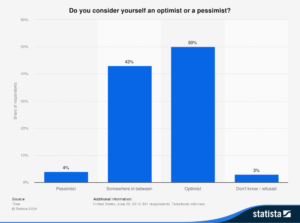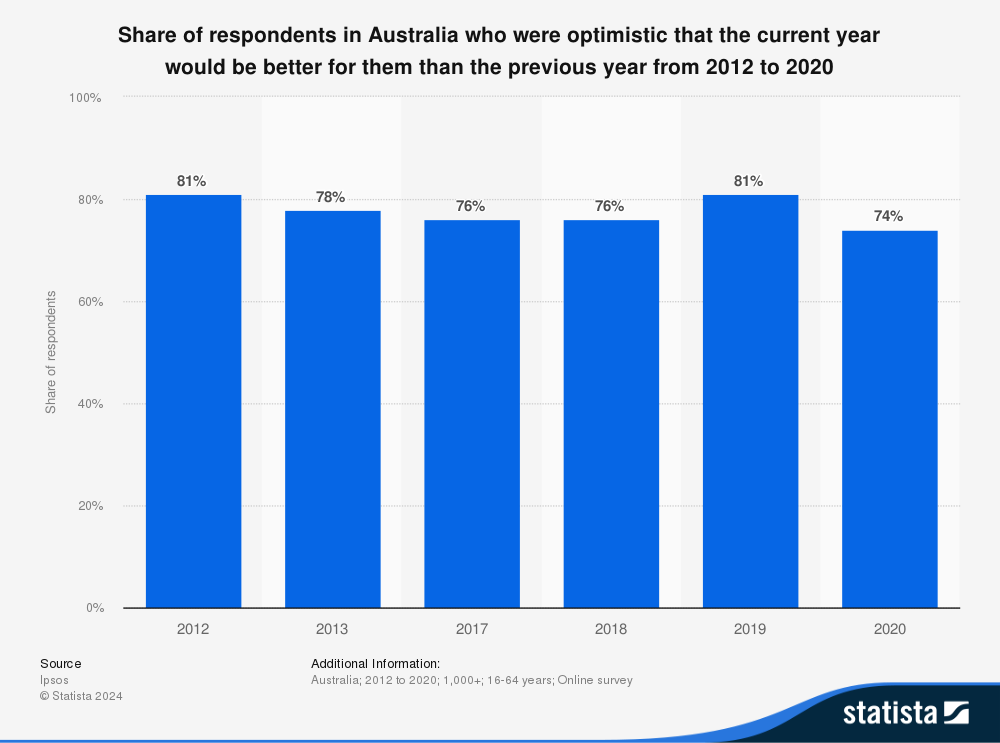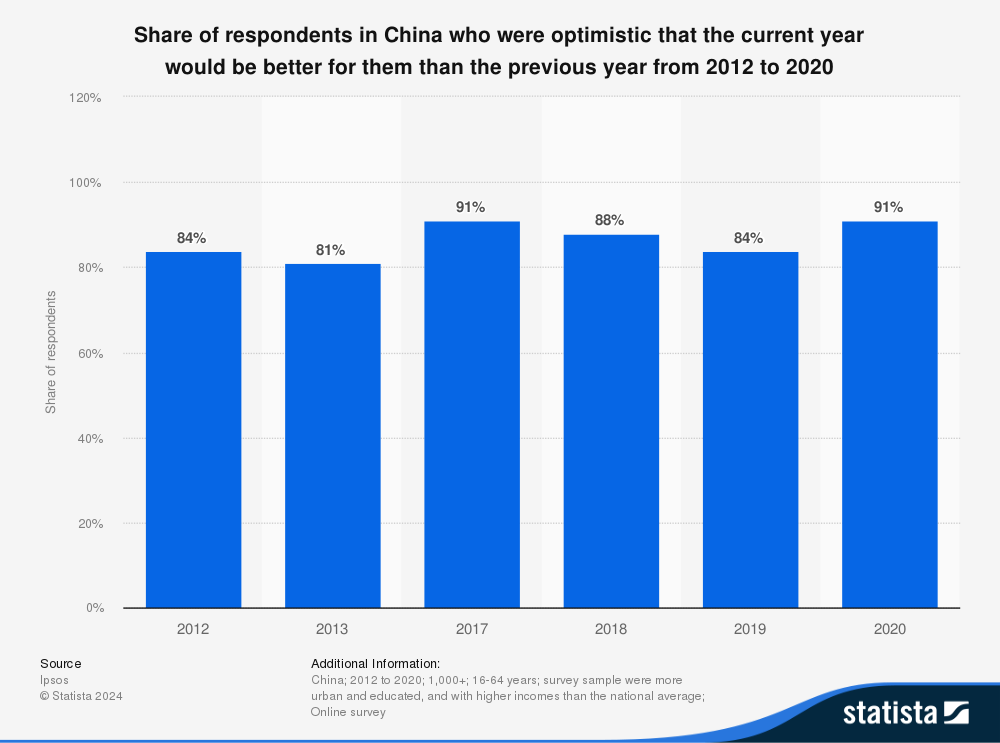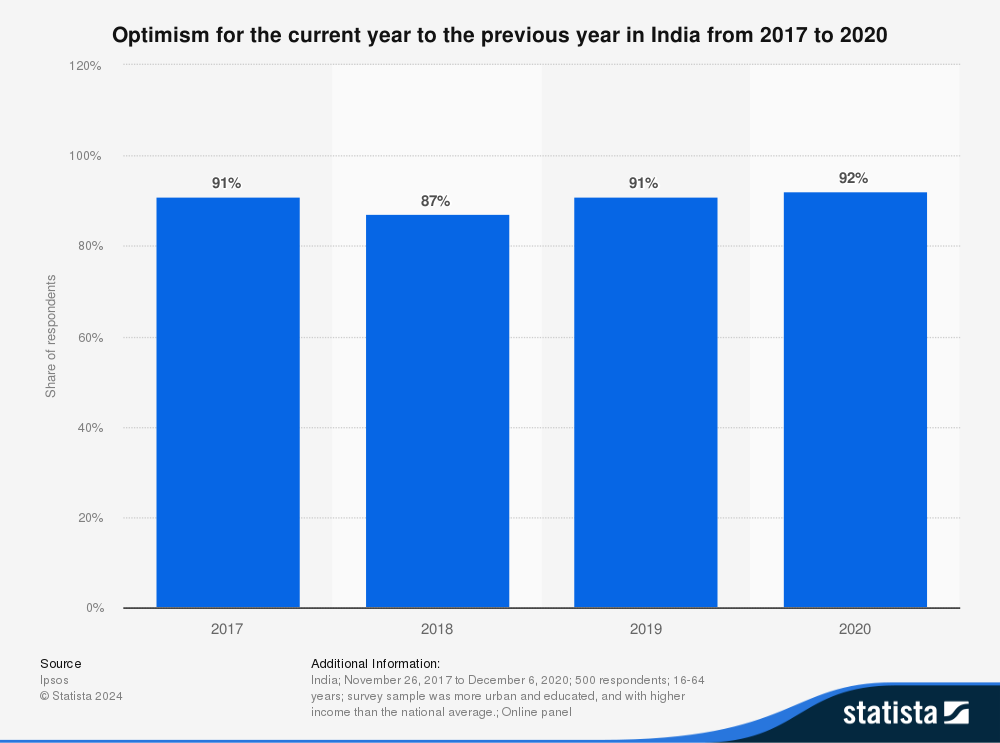November 21, 2024 by Donald Gorassini, howinfluenceworks.com
This blog and the next one are about the social influence of optimism levels. Optimism is a subjective state. It is “an inclination to put the most favourable construction upon actions and events or to anticipate the best possible outcome” (Webster’s Dictionary). People who are optimistic tend to function well both psychologically and physically.1 So there could be some merit to enhancing people’s optimism. I will address below the questions of whether and how we should try changing the level of optimism people feel.
I contend that the majority of adults possess a healthy level of optimism, an amount that keeps them positive but that does not lead to distortions in reality. For these people, no intervention would be required. From these people, there are lessons to learn about how to balance positivity and rationality. A minority of the population experiences low optimism and associated unhappiness and dysfunction. We can use what we learn from optimistic people to design interventions to improve a pessimistic state of mind. The present blog focuses primarily on optimism. The next blog looks at pessimism and how to combat it.
There are a lot of optimistic people in the world. In surveys, approximately half of respondents rate themselves as optimistic regarding the future. In a survey taken in 2023, the worldwide average was 42%. Populations vary around this value. Survey results are depicted here. Click to enlarge:

There are very few pessimists in the world. The following data illustrate this fact. In an American survey from 2012, 50% of respondents described themselves as optimists. Only 4% rated themselves as pessimists. Forty-three percent classed themselves as in between. The vast majority of the population is not pessimistic. Click here to see the results:

It appears that people tend to strike a balance between a positive take on reality and reality itself. They know that, despite rosy expectations, outcomes can turn out worse than predicted. Very few adopt a strictly gloomy picture of the future.
Why this style? It produces a very useful state of mind. Optimism is comforting. Optimism also imbues action with vigour, something necessary for goal attainment. This is particularly evident in the realm-of-control effect, the much higher optimism displayed where you have the power, compared to when you don’t, to affect results in your life.
The realm-of-control effect is seen in surveys, taken around any New Year’s Day, of optimism about the upcoming year compared to the just-expired year. Here, optimism ratings consistently exceed 75% and commonly hit 90%. Studies in three diverse countries, Australia, China, and India, show these high ratings, year after year. What is responsible? Many of the things that made you happy the previous year will remain, plus now there are things you are able and willing to do that will make things even better. Data from the three countries are shown here. Click to enlarge:



What implications of the foregoing for the social influence of optimism can be stated? First, there does not appear much need to change the level of optimism of most people. They are doing a fine job. They adjust optimism according to reality. They also use optimism to help in the successful pursuit of personally valued outcomes. Even though this website focuses on social influence, it also must define when not to intervene. This is such a case.
Second, a target for social influence does exist, and that involves the pessimists. Pessimists tend not to be happy. Pessimists are also overrepresented among the clinically depressed. To help relieve the suffering and dysfunction common in this group, interventions are indeed warranted. This is the topic of the next blog.
Footnotes
- (a) Scheier, M.F., Carver, C.S. Effects of optimism on psychological and physical well-being: Theoretical overview and empirical update. Cogn Ther Res 16, 201–228 (1992). https://doi.org/10.1007/BF01173489 (b) Heather N. Rasmussen, Michael F. Scheier, Joel B. Greenhouse, Optimism and Physical Health: A Meta-analytic Review, Annals of Behavioral Medicine, Volume 37, Issue 3, June 2009, Pages 239–256, https://doi.org/10.1007/s12160-009-9111-x (c) Koydemir, S., Sökmez, A.B. & Schütz, A. A Meta-Analysis of the Effectiveness of Randomized Controlled Positive Psychological Interventions on Subjective and Psychological Well-Being. Applied Research Quality Life 16, 1145–1185 (2021). https://doi.org/10.1007/s11482-019-09788-z ↩︎
- Dynata. (March 31, 2023). Share of respondents who are optimistic about the future worldwide as of 2023, by country [Graph]. In Statista. Retrieved November 15, 2024, from https://www-statista-com.proxy1.lib.uwo.ca/statistics/1398135/people-optimistic-future-world-country/ ↩︎
- Time. (July 15, 2013). Do you consider yourself an optimist or a pessimist? [Graph]. In Statista. Retrieved November 15, 2024, from https://www-statista-com.proxy1.lib.uwo.ca/statistics/262675/survey-on-optimism-or-pessimism/ ↩︎
- Ipsos. (January 6, 2020). Share of respondents in Australia who were optimistic that the current year would be better for them than the previous year from 2012 to 2020 [Graph]. In Statista. Retrieved November 15, 2024, from https://www-statista-com.proxy1.lib.uwo.ca/statistics/1042404/australia-optimism-year-on-year-comparison/ ↩︎
- Ipsos. (January 6, 2020). Share of respondents in China who were optimistic that the current year would be better for them than the previous year from 2012 to 2020 [Graph]. In Statista. Retrieved November 15, 2024, from https://www-statista-com.proxy1.lib.uwo.ca/statistics/1042699/chinese-optimism-year-on-year-comparison/ ↩︎
- Ipsos. (January 6, 2020). Optimism for the current year to the previous year in India from 2017 to 2020 [Graph]. In Statista. Retrieved November 15, 2024, from https://www-statista-com.proxy1.lib.uwo.ca/statistics/1042624/india-optimism-current-year/ ↩︎
Leave a Reply